

Acetic Acid – 99.7% USP-Grade Solvent for Peptide Research
$9.99 – $79.99Price range: $9.99 through $79.99
The Essential Laboratory Solvent for Precision and Purity
PHX Labs’ USP-grade acetic acid is the gold standard for peptide researchers and biohackers who demand uncompromising quality and safety in every vial. Trusted by scientists, athletes, and longevity enthusiasts, our USP-grade acetic acid is the ideal solvent for peptide reconstitution and advanced laboratory applications.
What is Acetic Acid?
Acetic acid (CH₃COOH) is a simple carboxylic acid, most commonly recognized as the main component of vinegar (in diluted form). In peptide science, acetic acid plays a crucial role as a solvent for reconstituting lyophilized peptides, ensuring accurate dosing and optimal peptide stability.
Key Features:
- USP-Grade Purity: 99.7% pure, suitable for laboratory and research applications
- Versatile Solvent: Ideal for peptide reconstitution, buffer preparation, and pH adjustment
- Consistent & Reliable: Manufactured and packaged under strict quality controls to ensure batch-to-batch consistency
Why Choose PHX Labs’ USP-grade acetic acid?
At PHX Labs, we’re committed to providing research professionals and advanced users with the highest standards of quality and transparency:
- Third-Party Lab Tested: Each lot is independently tested for purity and contaminants, with Certificates of Analysis available for your peace of mind.
- Secure, Sterile Packaging: Delivered in tamper-evident, chemical-resistant vials to maintain integrity and safety.
- Exact Concentration: Clearly labeled and measured to ensure precise dilution and mixing in your research protocols.
- Education-First Approach: We offer guidance and resources to help you safely and effectively use our solvents in your laboratory work.
Typical Applications
- Peptide Reconstitution: Acetic acid is commonly used to solubilize and stabilize certain peptides that are difficult to dissolve in water alone, especially those with hydrophobic or charged amino acid residues.
- Buffer Preparation: Used for adjusting pH and preparing acetate buffers in biochemical assays.
- Sterilization and Cleaning: Effective for cleaning glassware and laboratory surfaces (when properly diluted).
Who Uses Acetic Acid?
- Peptide Researchers: For precise reconstitution and formulation of experimental compounds
- Biohackers & Athletes: Seeking professional-grade solvents for advanced self-experimentation (research use only)
- Laboratory Professionals: For routine buffer preparation and cleaning protocols
Safety & Compliance
- For Research Use Only: Not for human or veterinary consumption. Always handle with appropriate personal protective equipment and in a well-ventilated laboratory environment.
- Storage: Store tightly closed in a cool, dry place away from direct sunlight and incompatible materials.
- Handling: Consult the Safety Data Sheet (SDS) before use. Avoid contact with skin and eyes.
Directions for Use
- Contents: 1 vial containing 99.7% USP-Grade Acetic Acid
- Usage: Follow your laboratory’s standard operating procedures for dilution and peptide reconstitution. For most peptide applications, a small amount of acetic acid is used to dissolve the peptide before dilution with bacteriostatic or sterile water.
The PHX Labs Difference
Founded by an athlete and researcher passionate about recovery and performance, PHX Labs is dedicated to quality, transparency, and safety. Every vial is exactly as labeled—backed by rigorous third-party testing and a commitment to empowering your research with trustworthy products.
Choose PHX Labs’ Acetic Acid for your peptide research—where science, safety, and precision meet.
| Vials |
1 Vial ,10 Vials ,5 Vials |
|---|
Only logged in customers who have purchased this product may leave a review.
Step-by-Step Reconstitution Process:
Preparation:
- Wash your hands thoroughly and sanitize your workspace.
- Gather all necessary supplies before starting the reconstitution process.
Sanitize:
- Use an alcohol swab to clean the rubber stopper on the peptide vial and the bacteriostatic or sterile water vial.
Draw the Diluent:
- Using a syringe, draw the required amount of bacteriostatic or sterile water. For most peptides, this is between 1-2 ml, depending on personal preference for dosing precision.
Inject the Diluent:
- Insert the needle into the peptide vial at an angle to avoid creating bubbles.
- Slowly inject the water into the vial, allowing it to run down the side of the vial. This helps minimize foaming and ensures the peptide dissolves evenly.
Dissolve the Peptide:
- Gently swirl the vial to mix the peptide with the water. Do not shake the vial, as this can damage the peptide structure.
Storage:
- Store the reconstituted peptide in the refrigerator. Most peptides remain stable for several weeks when refrigerated.
- Label the vial with the date of reconstitution for tracking purposes.
General Supplies Needed:
- Peptide Vial: Ensure the Insulin Syringe 1ml vial is sealed and stored properly before use.
- Bacteriostatic Water or Sterile Water: Typically used for reconstitution, depending on the peptide.
- Alcohol Swabs: For sanitizing the vial tops and injection sites.
- Syringe and Needle: Typically a 1 ml syringe with a 29-31 gauge needle.
- Insulin Syringe: For precise dosing after reconstitution.
Tips for Accurate Dosing:
- Measurement: Use an insulin syringe for precise dosing. Know the concentration of your peptide solution (e.g., if 10 mg of peptide is reconstituted with 2 ml of water, each 0.1 ml contains 500 mcg).
- Injection Method: Choose between subcutaneous (SubQ) or intramuscular (IM) administration based on your goals and comfort level.
Safety and Consultation:
- Consultation: Always consult with a healthcare provider before starting peptide therapy.
- Hygiene: Maintain strict hygiene throughout the process to prevent contamination and infection.

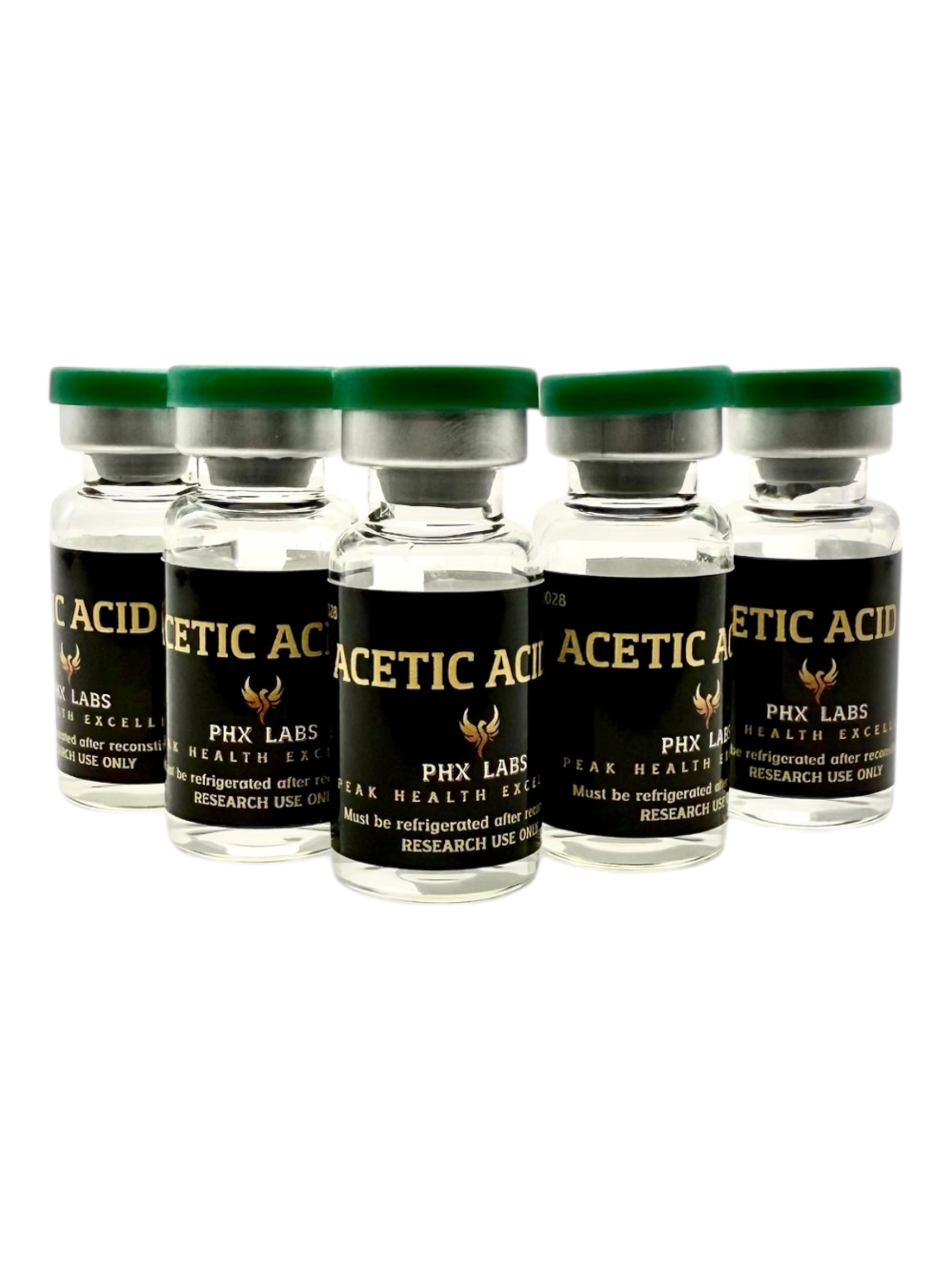
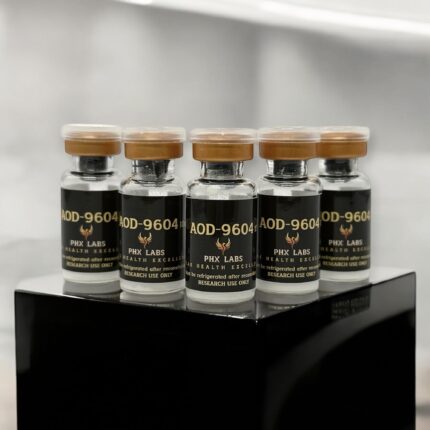
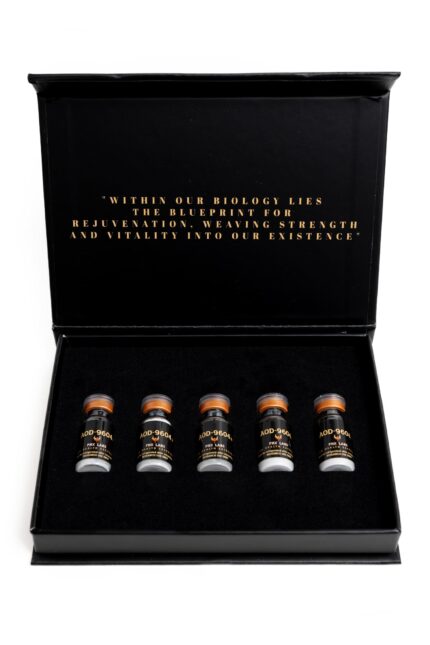
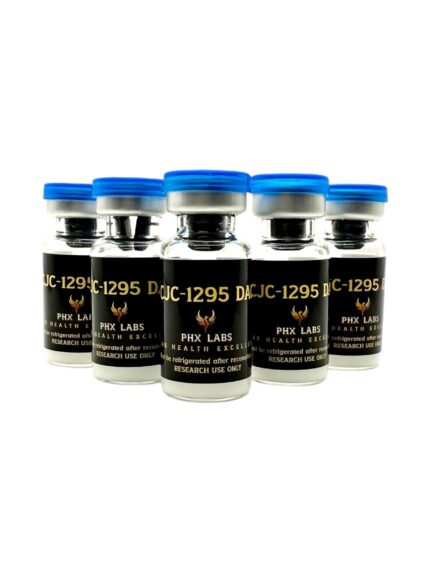
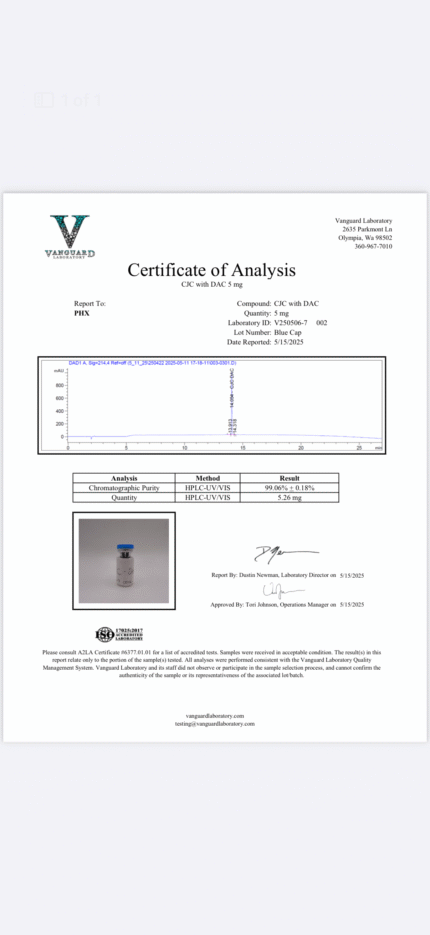
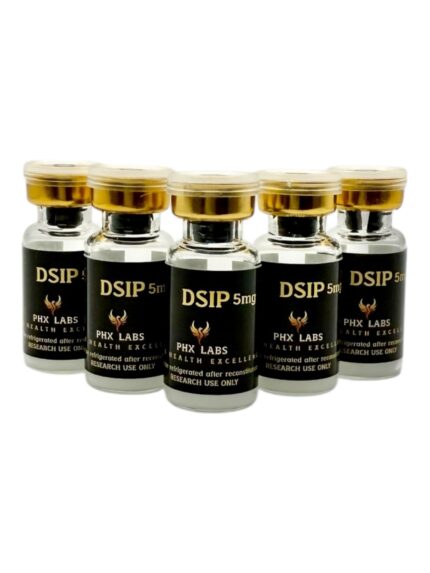
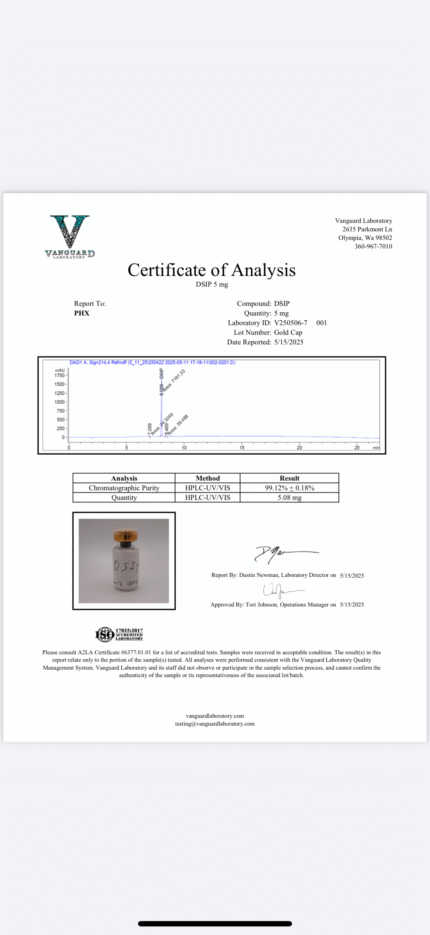



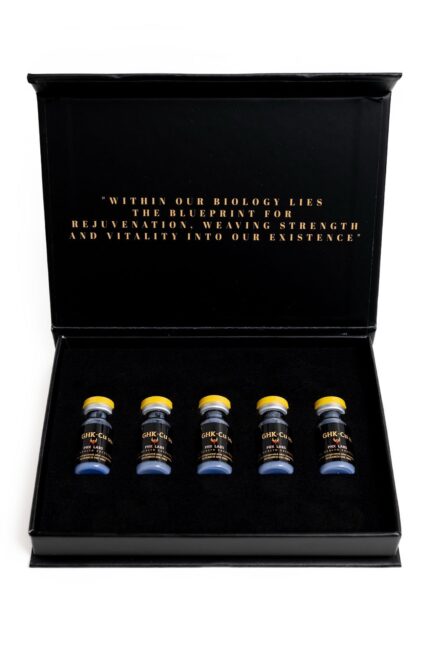
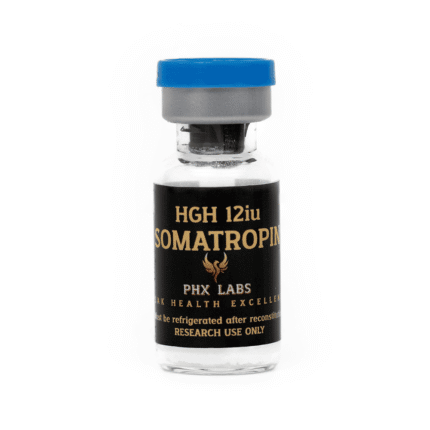
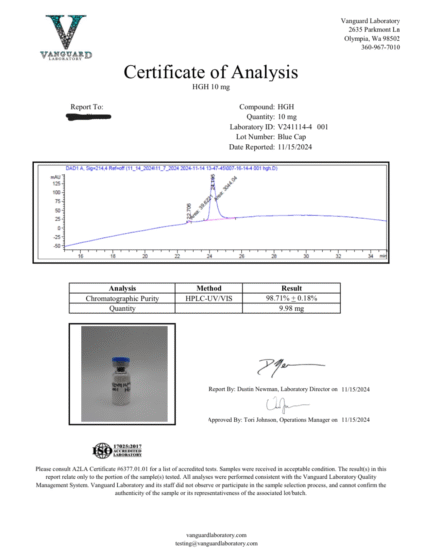
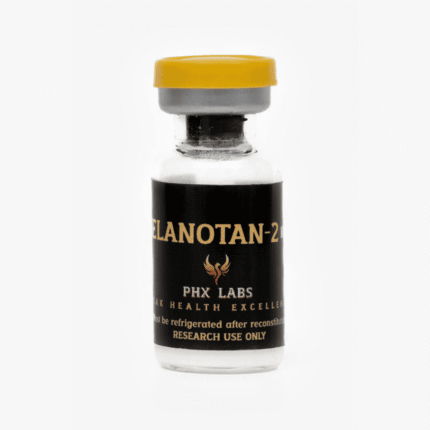
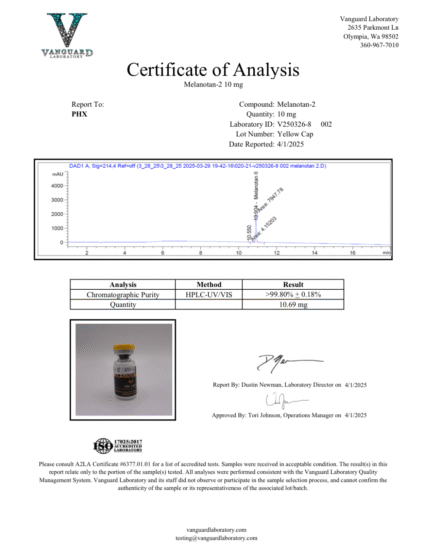

Reviews
There are no reviews yet.